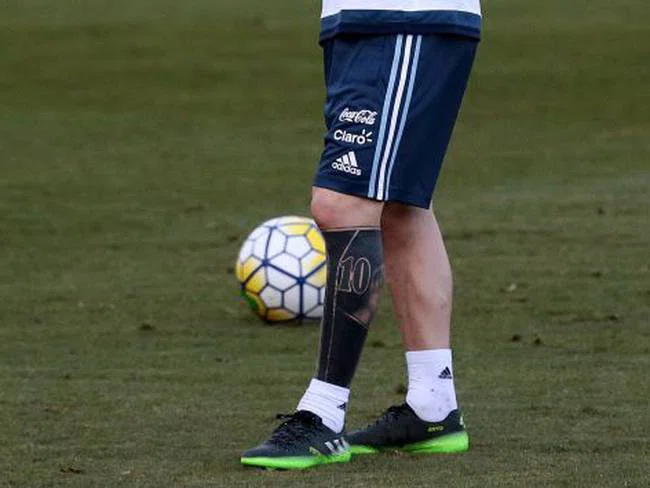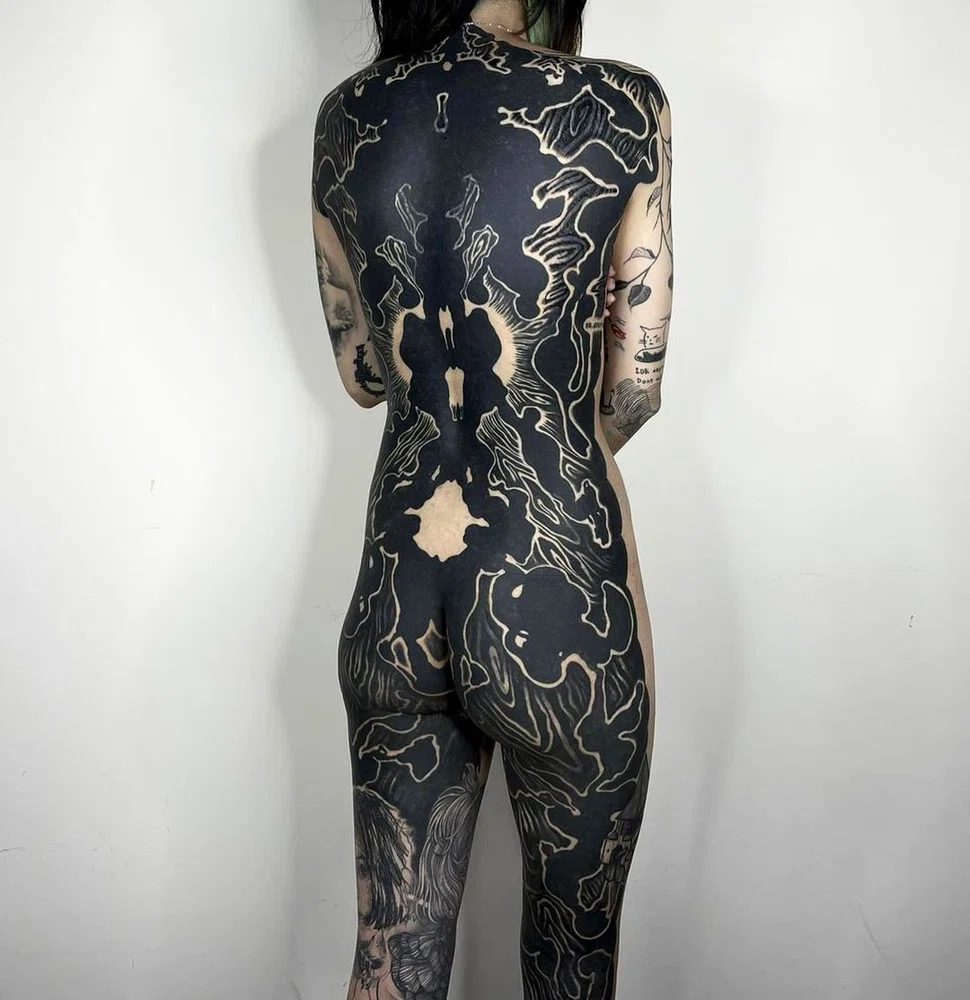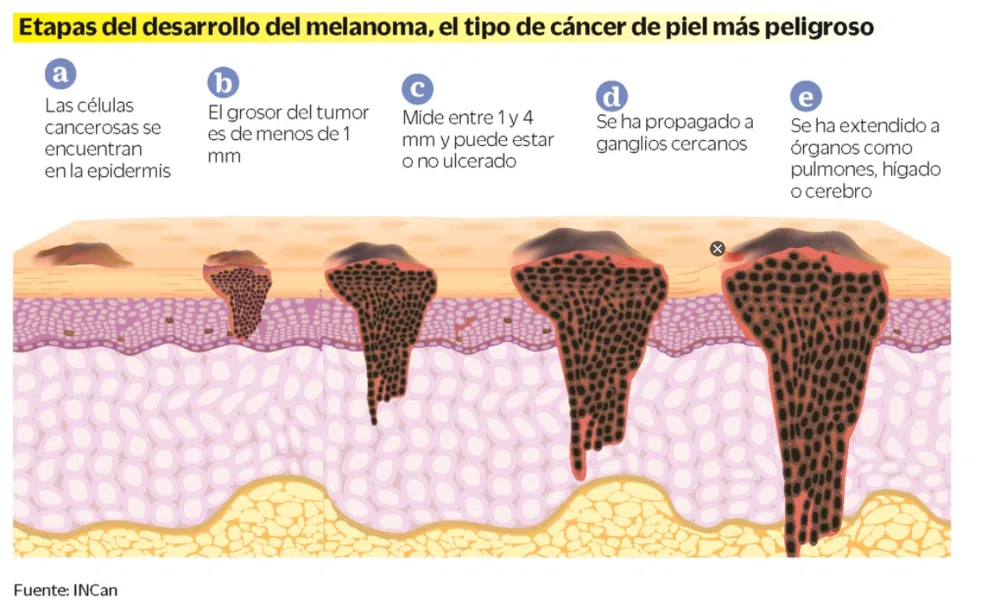Blackout tattoos: A risky trend?
Blackout style and how to reduce problems when tattooing it
22 November 2023
Alongside the history of tattoo, styles such as Old School, Neo-traditional, Japanese, Dotwork and more — take a peek at our post Top 11 tattooing styles— had their days.
They’re still popular among many people, but trends typically change throughout the years.
Nowadays, thanks to mass media, outreach is significantly fast, and soon new referents and influencers tempt us with the last style.
Footballer Leo Messi, back in 2016 decided to get a Blackout design on his leg, and he exhibited it in a training session which was a sensation.
Since then, more and more celebrities kept on joining this movement.
So today, we’ll talk about everything you need to know on this recent Blackout tattoo trend.

What is Blackout style?
It consists in fully covering some specific body areas with black ink. The origin dates back to 2011when Chester Lee was the first known artist to practice this style in his studio, “Oracle Tattoo”, in Singapore. It didn’t take long to become popular.
Initially, this style was used as cover-up, in other words, to cover previous designs that people no longer wanted: an ex’s name, something that didn’t represent the person anymore, or a tattoo that went wrong.
Although people still prefer this style for the above reasons, now they also choose it simply because they find it amazing and want to have it from scratch, or just renew an old tattoo by blending styles.
Whilst this procedure gives an eye-catching tattoo… Could Blackout tattoos lead to health complications?

Risks of a Blackout tattoo.
Far beyond controversies regarding appearance, they may lead to health problems.
According to experts from the Argentinean Society of Dermatology (SAD), this technique is extremely invasive for the body, and it’s not entirely regulated by any sanitary authority. Below, we’ll discuss on the different inconveniences related to this style.
Difficulty in diagnosing illnesses
This point isn't specifically about the tattoo itself, but rather about what hides underneath its presence.
Dr. Juan Pedro Russo assures that the fact of having big blocks of black ink covering an entire area of the body, interferes with the early detection of skin conditions, as they block pigmentary changes or any other modification that moles or skin may present.
This is a serious matter, as the premature discovering of melanomas (a type of skin cancer) might save someone else’s life.
In relation to this practice, Dr. Marta Patricia La Forgia, specialized in dermatology, allergies and immunology, suggest on this practice:
“Tattoos have to be thought at least twice: artistically but also in terms of potential risks, as the ‘canvas’ is the body itself”.
Following her recommendations, Raúl Villa, Head of the Dermatology Service at ‘Hospital del Carmen’ also gives a warning. In case of an injury on the area to be tattooed, it’s best to consult a dermatologist, to know all about the potential risks in that specific area.

Side effects
Ink concentration could provoke side effects related to both the ink’s composition, and the patient’ physical response concerning their genetics.
In the first place, dermatologist Oscar Territoriale states that several ink ingredients such as titanium dioxide, lead, nickel and chromium are noxious for the organism and may cause adverse reactions. What is more, some of them contain charcoal, to what oncologist Alejandro Turek responds:
“Charcoal, polycyclic aromatic hydrocarbon compound, and benzopyrene are directly related to carcinogenesis processes, and may generate skin cancer. The injected pigment in the skin is partially absorbed by the lymph nodes, which are supposed to drain the tattooed area”.
Sometimes, a peeling effect of the injuries could occur, also allergic reactions, skin rashes, tissue swelling, and to a lesser extent, it could lead to haemorrhages, infections, thicker scars than usual (keloids) or even necrosis.
Being informed is the key to avoid problems
While some of the points we've covered in this article may be a bit alarming, actually, many of them depend on several factors, such as the person's physical response, the ink used, and the professional's care when performing the tattoo.
In any case, more or less recommendations, in the end, each person is free to decide about their body, and it's up to them to consult a doctor in case they have any condition that could mean a problem.
Nevertheless, it never hurts to be well-informed about the matter and to remind your clients what it means to get a tattoo of such magnitude of solid ink.
And if this style appeals to you, and you want to learn what techniques can help you apply large areas of black ink with the greatest possible care, you may find our new MasterCourse: Blackwork Tattooing, with Rebollo, useful; which even though it doesn't specialize in blackout, it does instruct you in-depth on how to get solid black fillings that heal as well as possible over time.